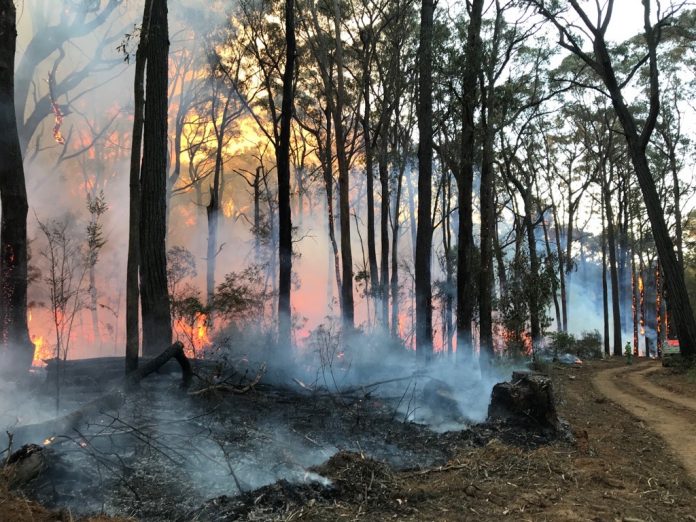
A total of 42 prescribed burns are proposed around South Australia as part of the National Parks and Wildlife Service’s (NPWS) autumn 2024 fire management program.
There are five burns proposed in the Limestone Coast region, all within the Naracoorte Lucindale Council boundary.
NPWS fire management director Fiona Gill said the dates of individual prescribed burns would be based on seasonal weather patterns.
“As part of our fire management programs, every opportunity is taken to complete as many burns as possible in suitable weather and fuel conditions,” she said.
“The number of prescribed burns that can be safely and effectively completed in any season is always subject to a window of specific weather conditions and we will never burn unless we can achieve a safe outcome.”
Prescribed burns can also play an important role in regenerating habitats for native plants and animals, and the requirements of these species are factored into the planning process.
A strategic, risk-based approach is used to carefully manage smoke around the state’s wine grape areas, and smoke taint from NPWS prescribed burning has not been recorded since its fire management program started in 2004.
Burns of varying sizes and complexities have been prepared across the state this season, with 23 of these planned to protect communities in the Adelaide and Mount Lofty Ranges region.
Prescribed burns are a vital fire management tool to reduce fuel loads across public and private land, and to help protect communities and industries by limiting the spread and intensity of bushfires.
In 2023, NPWS completed one of its biggest spring prescribed burn programs in the past five years as part of its ongoing efforts to manage fuel loads and reduce the threat of bushfires.
A total of 46 out of 56 planned burns (82 per cent) were completed across the state last spring, compared with the long-term average of about 70 per cent each year over the past decade.
Prescribed burns are a shared responsibility between land management agencies Department for Environment and Water, ForestrySA and SA Water, and Country Fire Service, councils and private landholders.
Burns that are unable to be completed due to unsuitable weather are rolled over to the following spring or autumn as part of an ongoing, rolling three-year mitigation program.
Across the border, Forest Fire Management Victoria (FFMVic) will also start its burning program soon.
FFMVic deputy chief fire officer David Rourke said the bushfire risk management program was focused on creating a strategic network of fuel-reduced areas on public land.
“In the far south west, our focus areas are around Gorae, Heathmere, Drumborg and Nelson to reduce fuels and risk to communities in the south of the district,” he said.
“Further north, communities around Dartmoor, Digby and Casterton will see and smell smoke from planned burns to reduce fuels and the potential spread of large bushfires, but to also assist in the control of pine wildings.
“The bushfire risk management program is underpinned by scientific evidence, local knowledge and continuous improvement to make sure our work is focused where it will have the greatest impact in keeping Victoria safer.”
For more information on South Australia’s fire management program, visit environment.sa.gov.au/topics/fire-management/upcoming-prescribed-burns
For more information on Victoria’s fire management program, visit plannedburns.ffm.vic.gov.au







